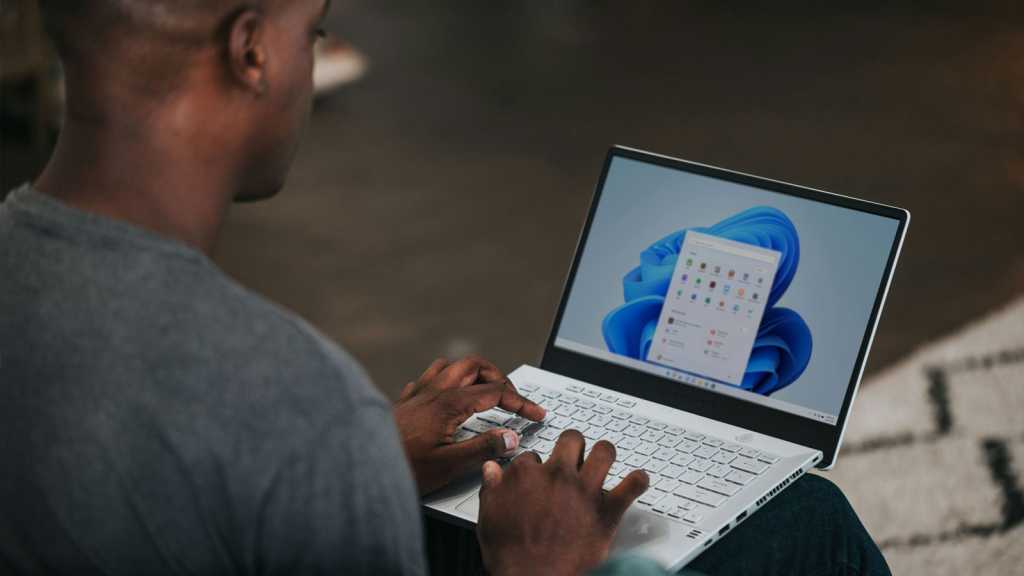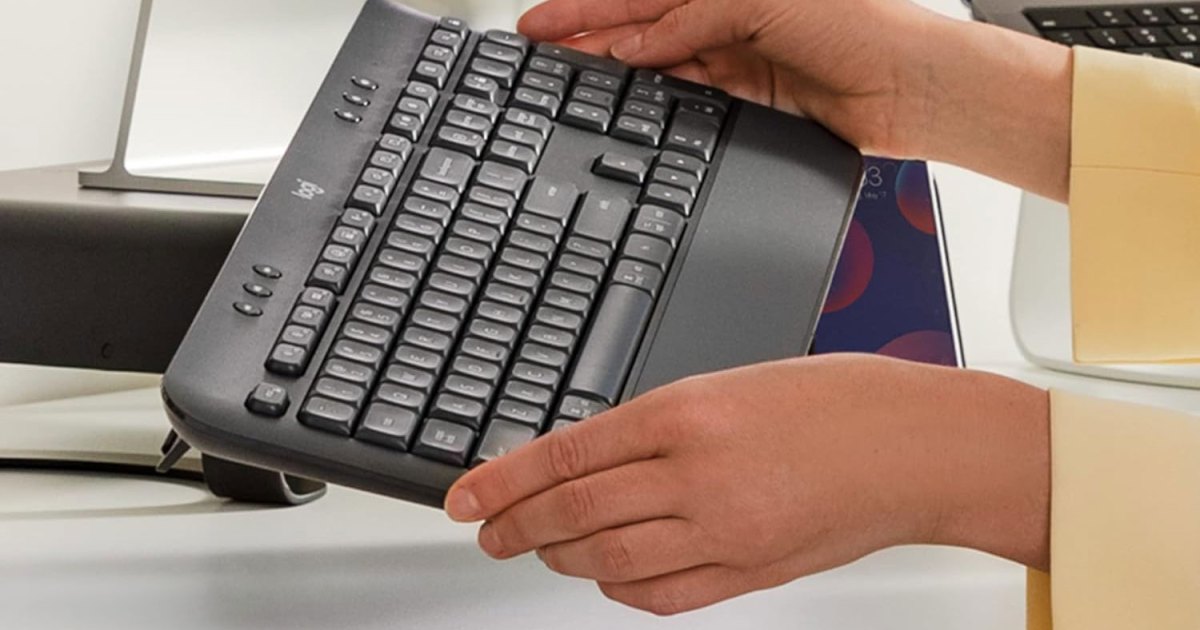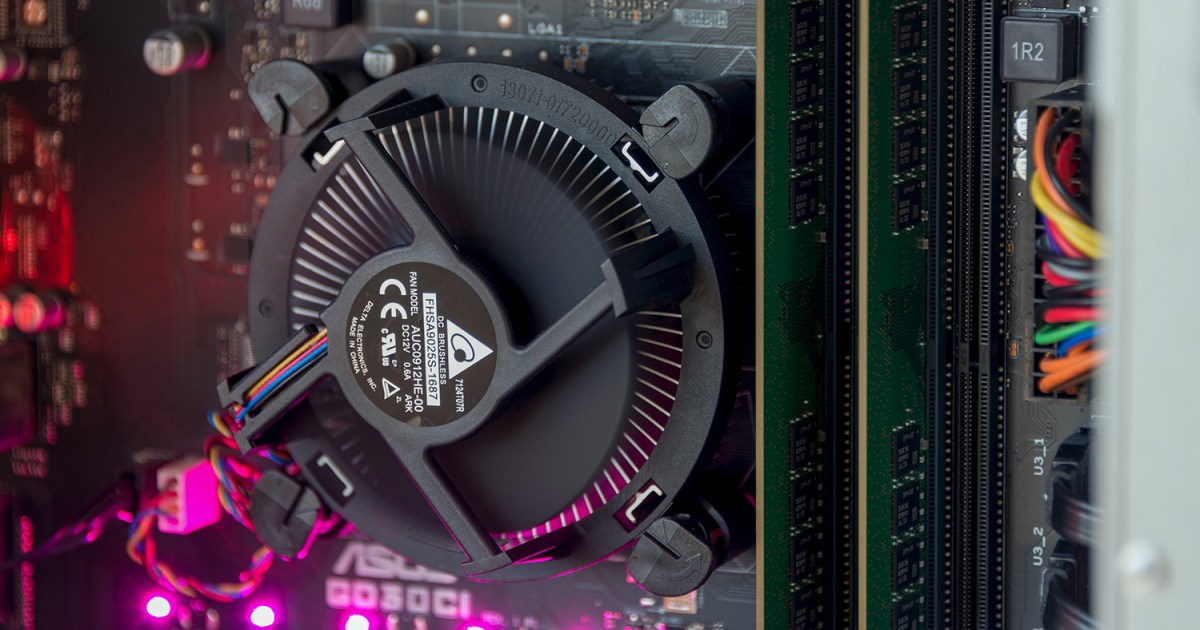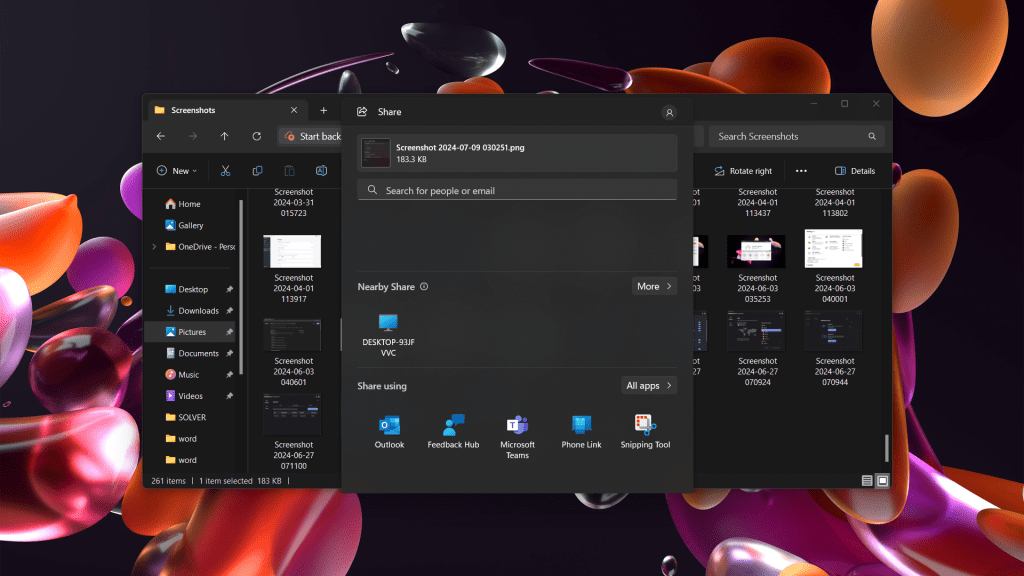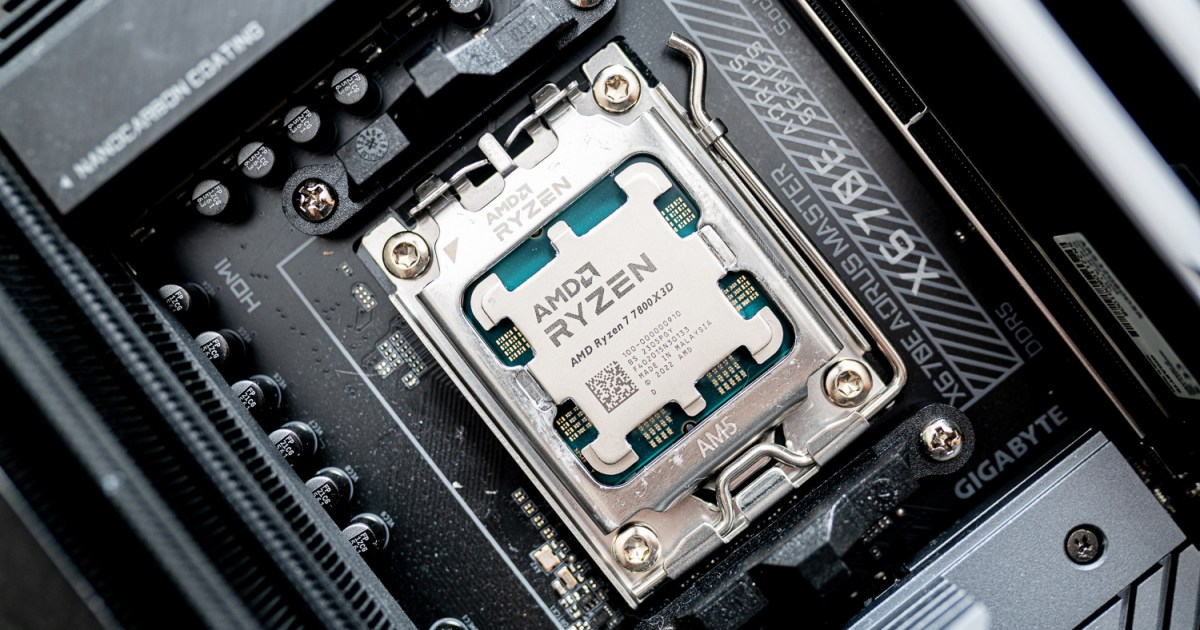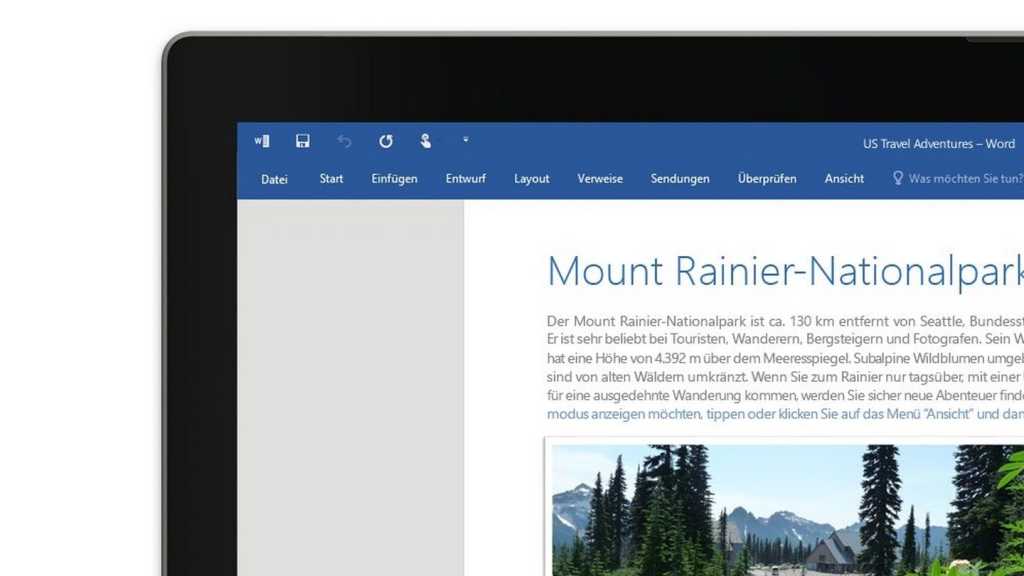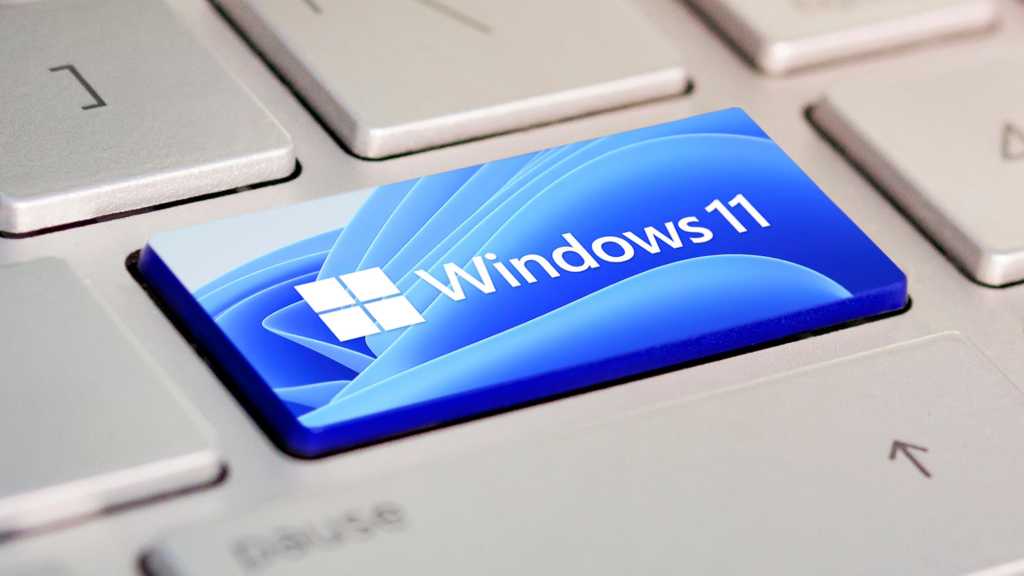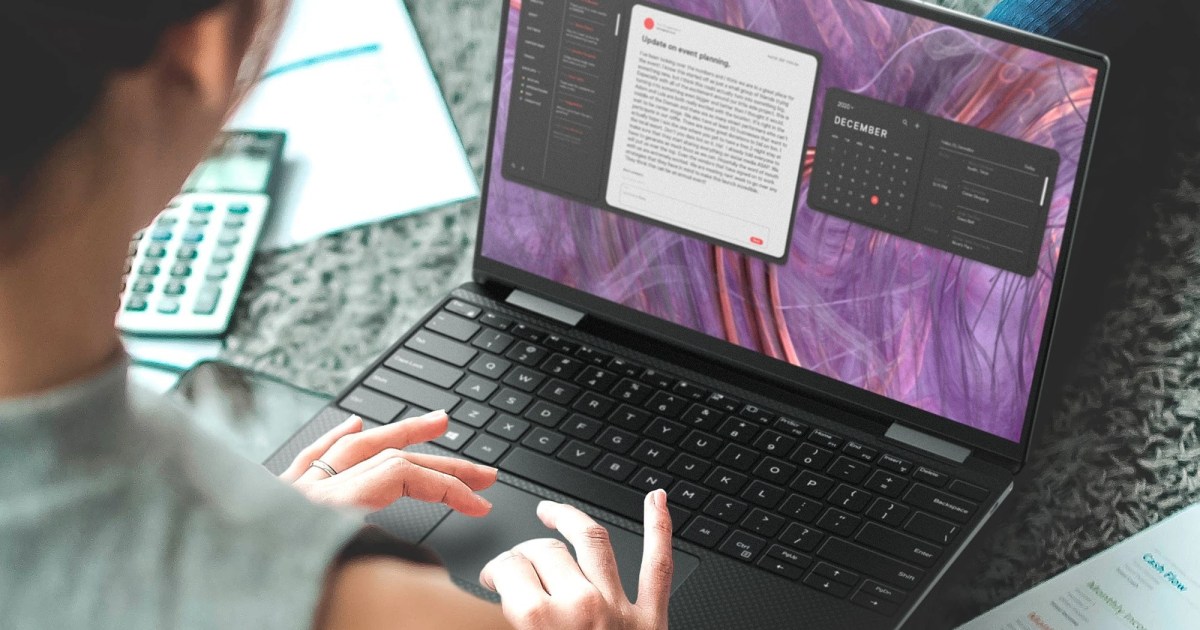As of 2024, Windows collects a significant amount of data about its users, raising privacy concerns. It’s not just the recently announced Recall feature; Windows 11 already gathers data on your activities, usage patterns, and more. While some data collection is essential for system functionality, much of it is optional. This article outlines how Windows 11 collects your data and how you can opt out whenever possible.
 Person using Windows 11 laptop on lap Windows / Unsplash
Person using Windows 11 laptop on lap Windows / Unsplash
Essential Data Collection in Windows 11
Microsoft designates certain data as “required” for maintaining Windows’ effectiveness, security, and staying up-to-date. This includes basic device information like your model, hardware components, and diagnostic data related to critical system failures. Diagnostic data encompasses error reporting, Windows update success rates, operating system performance, your Windows version and build, optional installations, and installed apps and services. Opting out of this required data collection isn’t possible. For further details, refer to this [Microsoft Learn article](This link is placeholder for original link).
Optional Data Collection in Windows 11
While some Windows 11 apps and services necessitate specific data collection, these apps and services can be disabled, rendering the data collection “optional.” Here’s a breakdown of optional data points and how to opt out: For an in-depth analysis, Microsoft provides extensive details [here](This link is placeholder for original link).
Browsing History Tracking in Windows 11
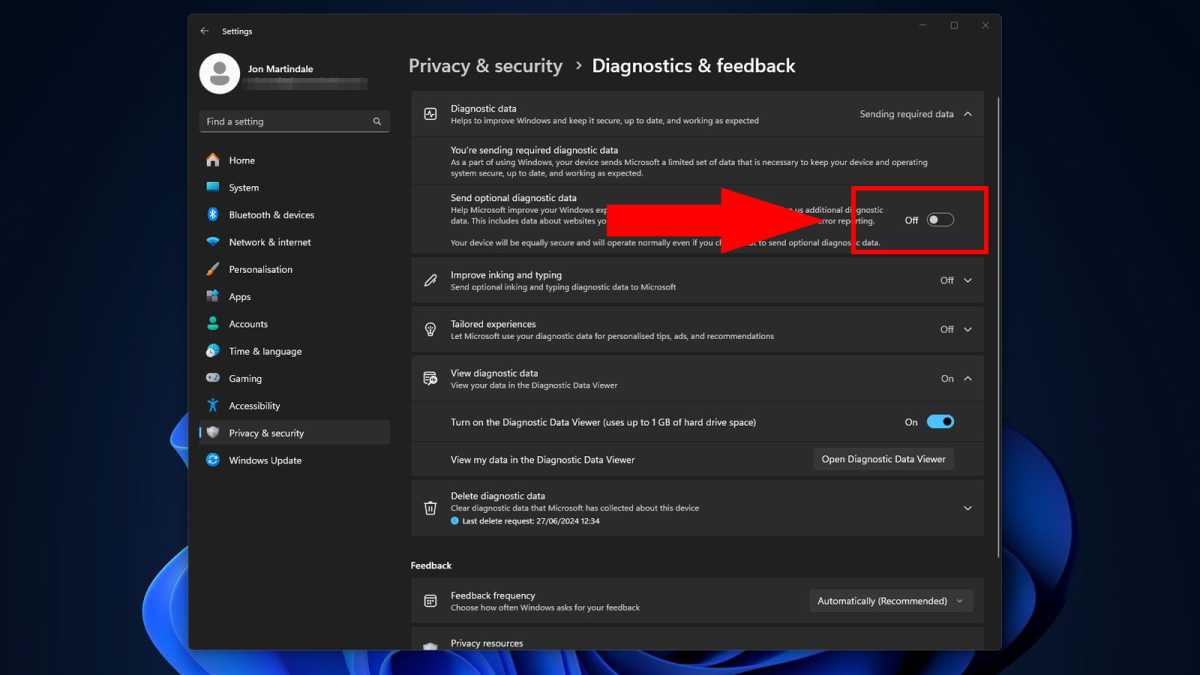 Windows 11 privacy data tracking browsing history Jon Martindale / IDG
Windows 11 privacy data tracking browsing history Jon Martindale / IDG
Windows 11 can track your browsing activity in Microsoft browsers like Edge, including history and search terms. It also monitors browser configuration changes that could affect searches. To disable this, go to Settings > Privacy & security > Diagnostics & feedback and toggle Send optional diagnostic data to Off.
Connected Device Data Collection
The same setting for error reporting allows Microsoft to collect details about your connected devices, including webcams, storage, displays, add-in cards, network adapters, audio systems, printers, and scanners. Windows 11 gathers device names, drivers, driver states, Wi-Fi information, local networks, and usage patterns, including default app choices. Disable this by navigating to Settings > Privacy & security > Diagnostics & feedback and toggling Send optional diagnostic data to Off.
Inking and Typing Data Collection in Windows 11
Windows 11 collects anonymized data on typed, handwritten, and spoken input, including keyboard typing, dictation, and stylus or touch inking. This data, used for service improvement like voice recognition and handwriting accuracy, may include samples of your input and Windows transcriptions. Disable this by going to Settings > Privacy & security > Diagnostics & feedback and toggling Improve inking and typing to Off.
Product and Service Performance Tracking
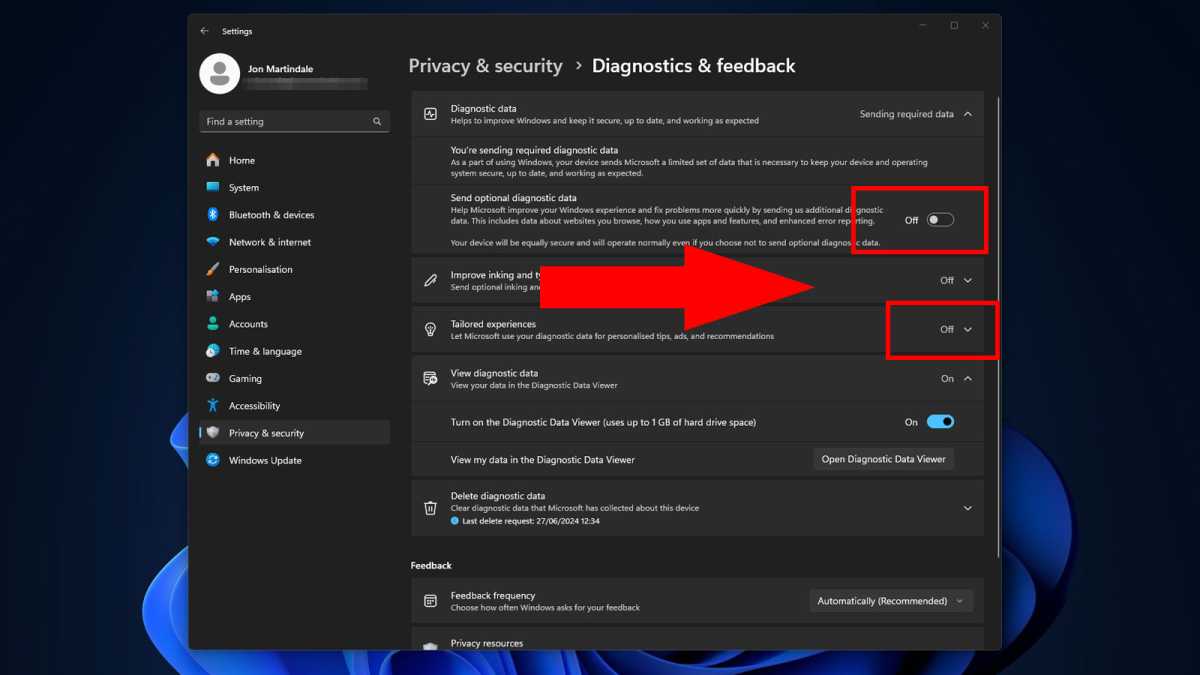 Windows 11 privacy data tracking product and service performance Jon Martindale / IDG
Windows 11 privacy data tracking product and service performance Jon Martindale / IDG
Pseudonymized telemetry data focuses on device and operating system health, apps, and drivers. This data includes Cortana response times, facial recognition speed, and is used for tailored experiences like battery optimization recommendations and cloud storage suggestions. Deactivate this by navigating to Settings > Privacy & security > Diagnostics & feedback and toggling both Send optional diagnostic data and Tailored experiences to Off.
Product and Service Usage Data Collection
Windows 11 collects partially anonymized data on app usage, including which apps are running during errors, and whether help/suggestion functions are disabled for improvement purposes. This data enables tailored experiences, suggesting re-enabling disabled settings and recommending alternative apps. Disable this in Settings > Privacy & security > Diagnostics & feedback by toggling Send optional diagnostic data and Tailored experiences to Off.
Software Setup and Inventory Tracking
Windows 11 collects data on running apps, anti-malware software, driver updates, Windows update schedules, downloads, and installed Microsoft Store apps. Tailored experiences leverage this data for app recommendations. Disable this via Settings > Privacy & security > Diagnostics & feedback by turning off Send optional diagnostic data and Tailored experiences.
Location Data in Windows 11
Windows 11 uses location data for Find my Device, search relevance, weather updates, and local information. Third-party apps can also access this data with your permission. Disable location tracking in Settings > Privacy & security > Location by toggling Location services to Off, or disable it for individual apps within the same settings page.
Viewing Your Collected Data in Windows 11
To view a detailed report of your tracked data, go to Settings > Privacy & security > Diagnostics & feedback, toggle View diagnostic data to On, and install the Diagnostic Data Viewer app from the Microsoft Store (requires ~1GB storage). This app provides insights into recently collected data and which apps send the most data to Microsoft.



